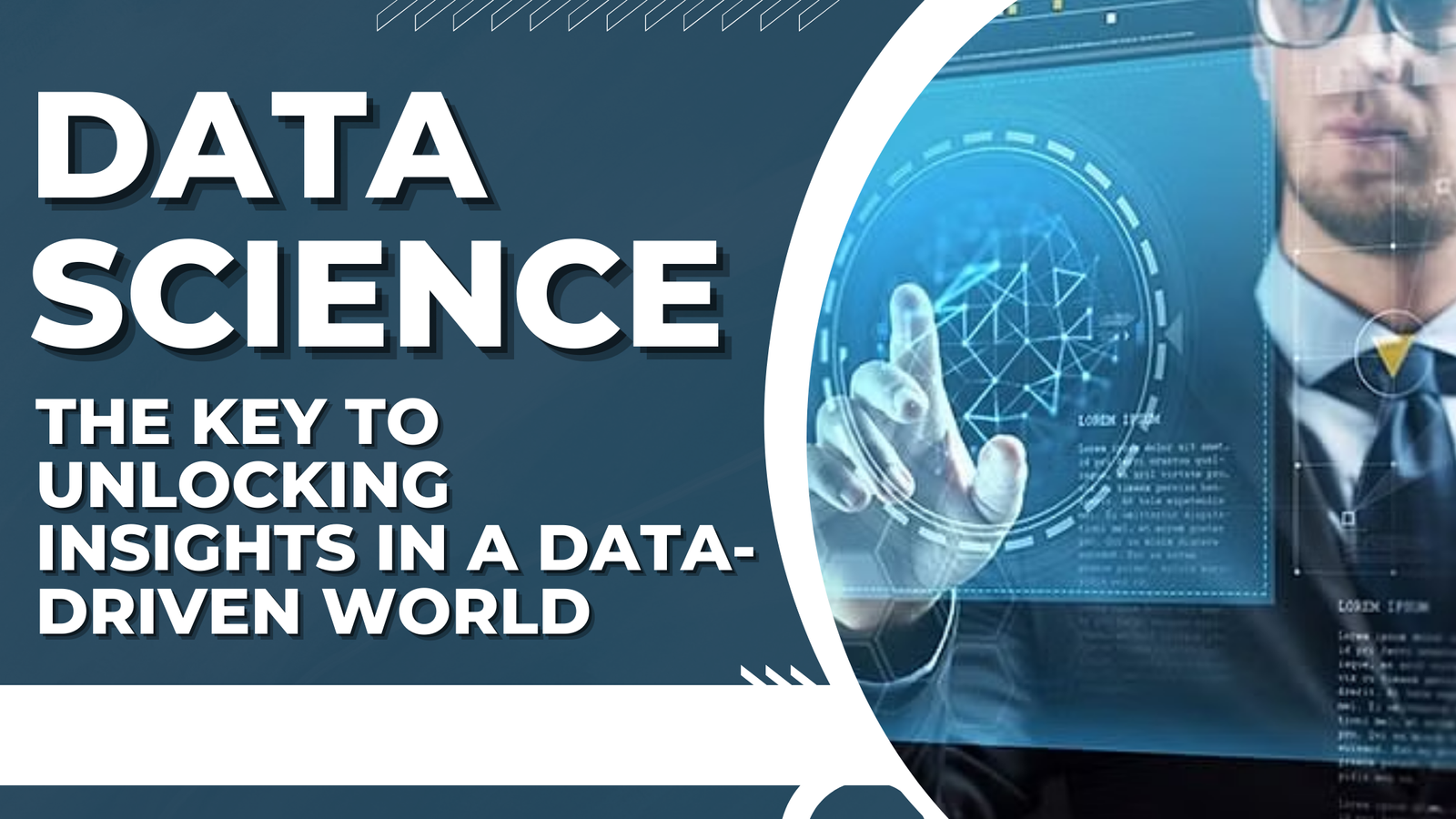
Introduction
In an era where data is being generated at an unprecedented rate, Data Science has emerged as a crucial field that combines statistics, mathematics, programming, and domain expertise. It plays a pivotal role in extracting valuable insights from vast datasets, driving decision-making, and shaping business strategies. This blog delves into various aspects of Data Science, including its definition, key components, career opportunities, challenges, and future trends.
What is Data Science?
Data Science is an interdisciplinary field that focuses on utilizing scientific methods, algorithms, and systems to analyze and interpret complex data. It encompasses a variety of techniques from statistics and machine learning to data mining and big data analytics. By harnessing these tools, Data Scientists can uncover hidden patterns, predict outcomes, and generate actionable insights.
Key Components of Data Science
- Data Collection: Gathering data from various sources, including databases, web scraping, and APIs.
- Data Cleaning: Preparing raw data for analysis by removing inaccuracies and inconsistencies.
- Data Exploration: Analyzing the data to identify trends, correlations, and patterns.
- Model Building: Developing algorithms to predict future outcomes based on historical data.
- Data Visualization: Presenting the data and insights in a visually appealing and understandable format.
The Data Science Process
The Data Science process typically follows a structured workflow, which includes the following steps:
- Problem Definition: Clearly articulating the problem you aim to solve.
- Data Collection: Identifying relevant data sources and gathering the necessary data.
- Data Preparation: Cleaning and preprocessing the data for analysis.
- Exploratory Data Analysis (EDA): Conducting initial investigations to discover patterns and relationships.
- Model Selection: Choosing the appropriate algorithms for data modeling.
- Model Training and Evaluation: Training the model on the dataset and assessing its performance.
- Deployment: Implementing the model in a real-world environment.
- Monitoring and Maintenance: Continuously monitoring the model’s performance and making adjustments as necessary.
Career Opportunities in Data Science
The rapid growth of Data Science has led to an increased demand for skilled professionals in the field. Below is a table summarizing popular job roles, their average salaries in India, and key skills required:
| Job Role | Average Salary (INR) | Key Skills |
|---|---|---|
| Data Scientist | 10,00,000 | Python, R, Machine Learning, Statistics |
| Data Analyst | 6,00,000 | SQL, Excel, Data Visualization |
| Machine Learning Engineer | 12,00,000 | Python, Deep Learning, AI |
| Data Engineer | 9,00,000 | SQL, ETL, Big Data Technologies |
| Business Intelligence Analyst | 8,00,000 | Data Warehousing, Reporting Tools |
| Statistician | 7,00,000 | Statistics, Data Analysis |
| Data Architect | 11,00,000 | Database Management, Data Modeling |
Skills Required for Data Science Careers
To succeed in Data Science, individuals should possess a combination of technical and soft skills, including:
- Technical Skills:
- Proficiency in programming languages such as Python and R.
- Experience with SQL and database management.
- Knowledge of statistical analysis and machine learning algorithms.
- Familiarity with data visualization tools like Tableau and Power BI.
- Soft Skills:
- Strong analytical and critical thinking abilities.
- Effective communication skills to convey complex insights.
- Problem-solving skills to tackle data-related challenges.
Challenges in Data Science
Despite its numerous advantages, Data Science also faces several challenges, including:
- Data Quality: Ensuring data accuracy and reliability is crucial for effective analysis. Poor quality data can lead to misleading insights.
- Data Privacy and Security: With increasing concerns about data breaches, protecting sensitive information is a top priority for Data Scientists.
- Skill Gap: The rapid evolution of technology necessitates continuous learning and skill development to keep up with industry standards.
- Interpreting Results: Translating complex data findings into actionable strategies requires a deep understanding of both data and business contexts.
Tools and Technologies in Data Science
Various tools and technologies are essential for effective Data Science practices. Below is a table summarizing some of the most popular tools used in the industry:
| Tool/Technology | Purpose |
|---|---|
| Python | Programming language for data analysis |
| R | Statistical computing and graphics |
| SQL | Database management and querying |
| Apache Spark | Big data processing |
| TensorFlow | Machine learning and deep learning framework |
| Tableau | Data visualization and business intelligence |
| Jupyter Notebook | Interactive computing and data visualization |
The Future of Data Science
As organizations continue to recognize the value of data-driven decision-making, the future of Data Science looks promising. Key trends to watch include:
- Increased Automation: Automation of data analysis processes will enable faster insights and reduce manual efforts.
- AI and Machine Learning Integration: The integration of AI and machine learning will enhance predictive analytics and decision-making capabilities.
- Focus on Ethical Data Use: With growing concerns about data privacy, ethical practices in data collection and analysis will become paramount.
- Cloud Computing: The adoption of cloud platforms will facilitate scalable data storage and processing, making data science more accessible.









